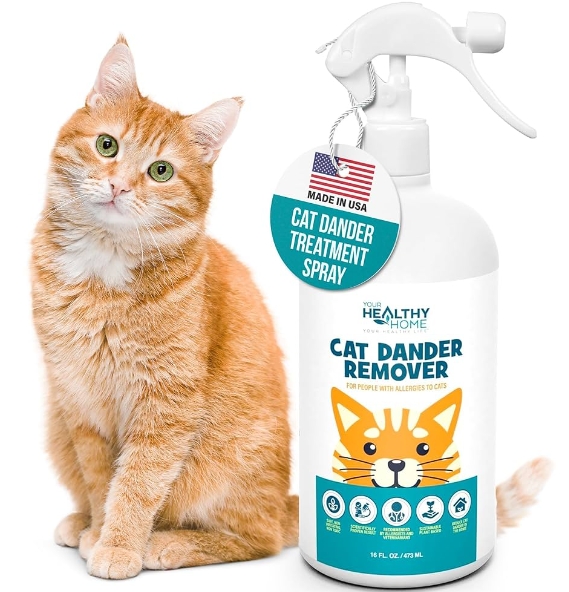Cat Allergy Treatment: Finding Relief for Allergy Sufferers
For many cat lovers, a furry friend is a cherished companion. However, for some, enjoying the company of cats comes with the unwelcome burden of allergies. Understanding cat allergies and exploring various treatments can help individuals manage their symptoms and better enjoy the company of their whiskered pals.
Understanding Cat Allergies
Cat allergies are primarily triggered by proteins found in cat saliva, skin, and dander. When cats groom themselves, these proteins are transferred to their fur and skin, becoming airborne or settling on surfaces. Symptoms of cat allergies can include sneezing, nasal congestion, itchy eyes, and skin rashes. Awareness of these triggers is the first step toward effective management. Recognizing these allergens not only helps in treatment but also in making lifestyle adjustments to minimize exposure to your feline friend.
Allergy Treatments and Medications
When it comes to managing cat allergies, various treatments are available to alleviate symptoms. Over-the-counter antihistamines, such as loratadine and cetirizine, can provide quick relief from sneezing and itchy eyes. For more severe symptoms, a doctor may prescribe corticosteroids or leukotriene modifiers, which can reduce inflammation and improve breathing. Immunotherapy, or allergy shots, is also an option for long-term relief, gradually desensitizing the immune system to cat allergens. Always consult with a healthcare professional before starting any medication to ensure the best approach for your individual needs.
Home Remedies and Lifestyle Changes
In addition to medical treatments, simple lifestyle changes and home remedies can significantly reduce allergy symptoms. Regular cleaning, such as vacuuming with HEPA filters, washing bedding frequently, and using air purifiers, can help remove allergens from your living space. Designating cat-free zones, especially in bedrooms, can create safe retreats. Bathing your cat regularly can also help minimize the amount of dander and saliva circulating in your home. Some people find relief from natural remedies like saline nasal sprays or steam inhalation, but it’s important to discuss these options with a doctor.
Conclusion
Living with cat allergies doesn’t have to mean sacrificing your beloved feline companion. By understanding the triggers, exploring various treatment options, and making strategic lifestyle changes, you can manage your symptoms effectively. If you struggle with cat allergies, consider speaking with a healthcare professional to tailor a plan that works for you. Embrace the joy of having a cat in your life; relief is possible!




